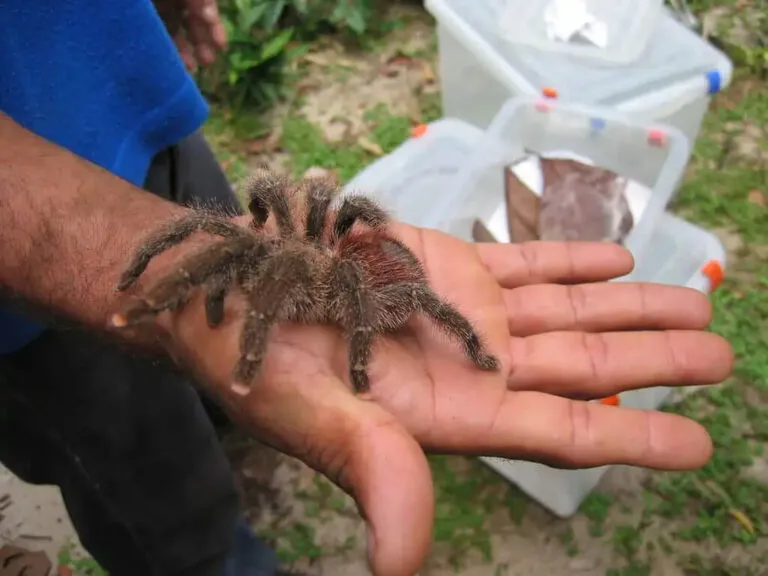The Pink Toe Tarantula (Avicularia avicularia) is a captivating creature, known for its striking appearance and unique behaviors. One aspect that often intrigues enthusiasts is their speed. While they are not the fastest animals, understanding the speed of a Pink Toe Tarantula provides valuable insights into their survival strategies. This article dives into the fascinating world of Pink Toe Tarantula speed, exploring the factors that influence it and providing a few facts about these amazing creatures.
What Influences Pink Toe Tarantula Speed
Several factors impact how quickly a Pink Toe Tarantula can move. These elements contribute to their agility, which is crucial for survival in their natural habitat. Understanding these influences helps to appreciate the overall behavior of these fascinating arachnids. The spider’s environment, health, and age also greatly influence this capability. All of these aspects contribute to an individual spider’s ability to move effectively and swiftly, be it to catch prey or flee a threat.
Size and Age
Size and age play a significant role in the speed of a Pink Toe Tarantula. Younger tarantulas, or spiderlings, are generally more agile and quicker than adults. Their smaller size allows for faster movements. As tarantulas grow, their bodies become larger and heavier, which can slightly reduce their overall speed. However, even adult Pink Toe Tarantulas can move with surprising speed when necessary, especially during a hunt or to escape danger. This is partly due to the way their bodies are built, with a lightweight exoskeleton and strong legs. Their speed helps them hunt more efficiently and evade predators.
Habitat and Environment
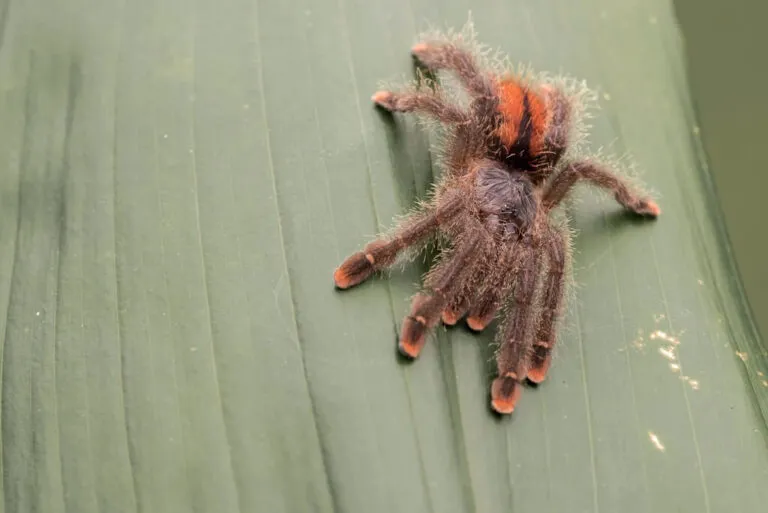
The habitat of a Pink Toe Tarantula significantly influences its speed. In the wild, these tarantulas inhabit trees and shrubs, and their arboreal lifestyle necessitates agility. A habitat with ample climbing surfaces and a degree of humidity allows the tarantula to move quickly and efficiently. A well-designed terrarium, like the one in image pink-toe-tarantula-habitat.webp, can mimic this environment, providing the space and conditions necessary for the tarantula to exhibit its natural behaviors. Conversely, a cramped or inappropriate environment may restrict movement, affecting its speed and overall well-being.
Health and Nutrition
The health and nutritional status of a Pink Toe Tarantula have a direct impact on its speed and agility. A well-fed and healthy tarantula has more energy and is thus more capable of moving swiftly. A balanced diet, consisting primarily of insects, provides the necessary nutrients for muscle development and function. Conversely, a tarantula that is malnourished or suffering from health issues may exhibit slower movements. Adequate hydration is also crucial, as dehydration can impair physical performance. Therefore, proper care and nutrition are essential for maintaining the Pink Toe Tarantula’s natural speed and overall vitality.
Pink Toe Tarantula Speed Explained Top 5 Facts
Here are five key facts about the speed and movement capabilities of the Pink Toe Tarantula.
Fact 1 Agility and Quickness
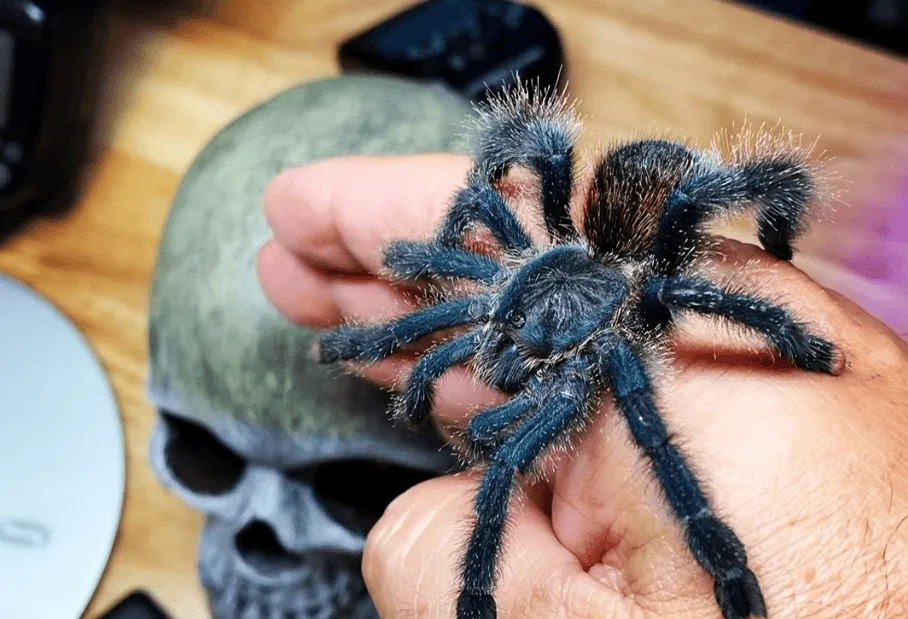
Pink Toe Tarantulas are known for their agility and quickness. They can move rapidly over short distances, particularly when startled or when hunting prey. Their ability to rapidly change direction and climb makes them well-suited to their arboreal lifestyle. The quick movements of a Pink Toe Tarantula, as shown in image pink-toe-tarantula-running.webp, are a testament to their evolutionary adaptations and help them survive in their natural habitat.
Fact 2 Escape Strategies
Speed is a critical component of the Pink Toe Tarantula’s escape strategies. When threatened, they can swiftly move away from danger. Their speed allows them to evade predators and seek refuge in their burrows or among the leaves of trees. This flight response is a vital survival mechanism, enabling them to protect themselves from potential harm. Their ability to utilize speed to get away is a fascinating example of how they use their physical abilities to avoid threats.
Fact 3 Hunting Prowess
Pink Toe Tarantulas are ambush predators, relying on their speed to capture prey. They patiently wait for insects and other small creatures to come within striking distance, and then they rapidly pounce. Their quick reflexes and speed enable them to successfully capture their meals. The hunting skills of a Pink Toe Tarantula, as seen in image pink-toe-tarantula-feeding.webp, are a fascinating display of their predatory behavior, showing how speed is a major part of their hunting strategy.
Fact 4 Defensive Maneuvers
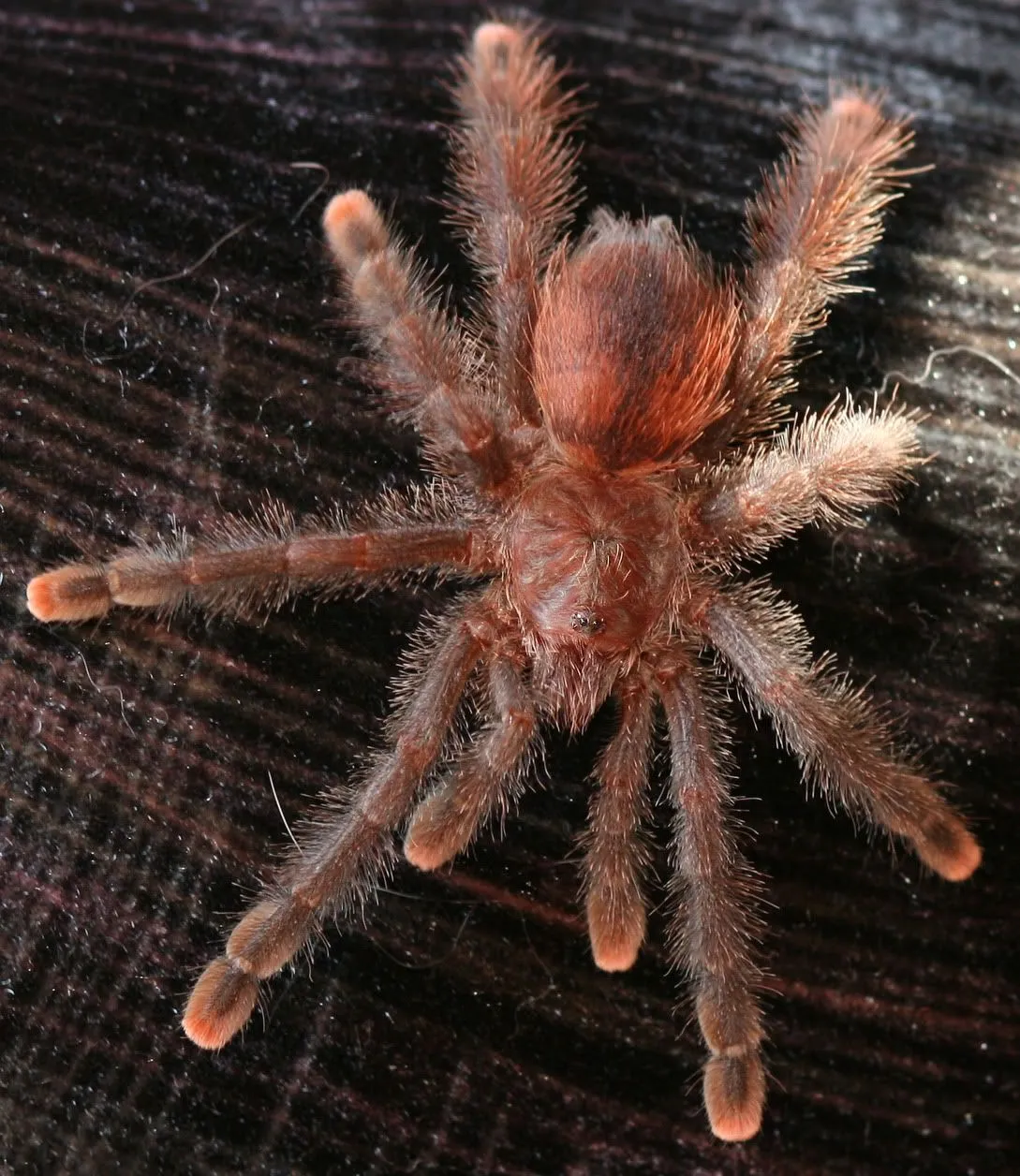
When faced with a threat, Pink Toe Tarantulas employ various defensive maneuvers. Their speed can be used to quickly move away from danger or to reposition themselves for a better defensive stance. Sometimes, they may choose to stand their ground and display a threat posture, as seen in the image pink-toe-tarantula-defensive-pose.webp, but speed is often their first line of defense. They can also use their speed to quickly climb up and hide, or to escape.
Fact 5 Speed vs. Other Tarantulas
Compared to some terrestrial tarantula species, Pink Toe Tarantulas are relatively fast. Their arboreal lifestyle demands greater agility and quickness. While the specific top speed of a Pink Toe Tarantula is hard to measure precisely, their ability to move rapidly is a significant advantage over slower tarantula types. However, there are some tarantulas that are faster, but a Pink Toe Tarantula’s speed is very useful in their arboreal environment. You can see a comparison in the image pink-toe-tarantula-vs-other-tarantulas.webp.
How to Observe Pink Toe Tarantula Speed Safely
Observing a Pink Toe Tarantula’s speed can be a fascinating experience for any enthusiast. However, it’s important to do so safely. Understanding how they move in their environment helps in appreciating them. Here are a few guidelines for observing a Pink Toe Tarantula’s movements without disturbing the animal, as illustrated in image observing-pink-toe-tarantula.webp, and ensuring its well-being.
Providing a Suitable Habitat
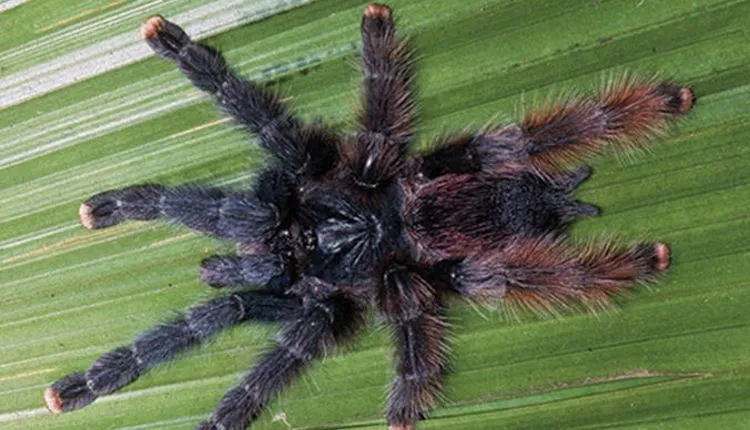
Creating a suitable habitat is the first step to observing a Pink Toe Tarantula. This means providing adequate space, appropriate substrate, and a vertical structure for climbing. A well-designed terrarium, such as the one shown in image pink-toe-tarantula-substrate.webp, provides a sense of security and encourages natural behaviors. This allows for better observation, and it shows how these spiders move and hunt in the place where they live.
Creating a Safe Observation Environment
Always observe the tarantula from a distance. Avoid sudden movements or loud noises that may startle it. Use a dim light source, if possible, as bright lights can stress the animal. When cleaning or maintaining the terrarium, do so cautiously, and ensure that the tarantula has a safe place to retreat. This creates a better experience for both the observer and the spider. Remember that the animal’s well-being is the most important aspect of this. Be mindful of the spider’s needs and be respectful of their space.
In conclusion, the Pink Toe Tarantula’s speed is a key part of their adaptation to survive. They use their quick reflexes to hunt prey, hide from predators, and climb around. Understanding the different factors that influence their speed, and knowing how to observe them, can help you appreciate these beautiful animals in their natural behavior.
